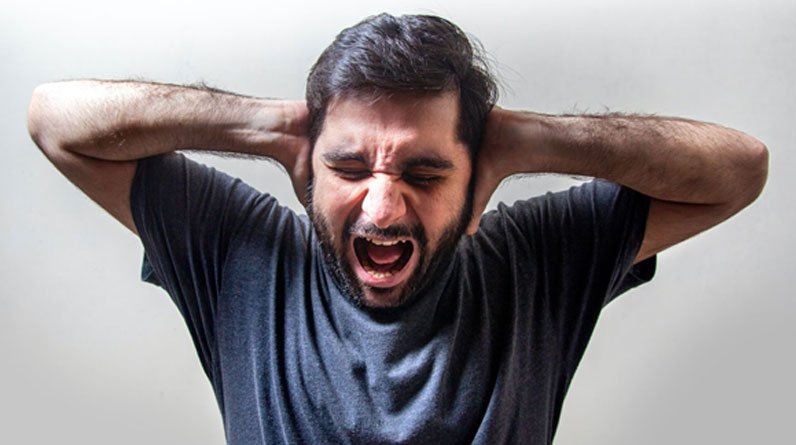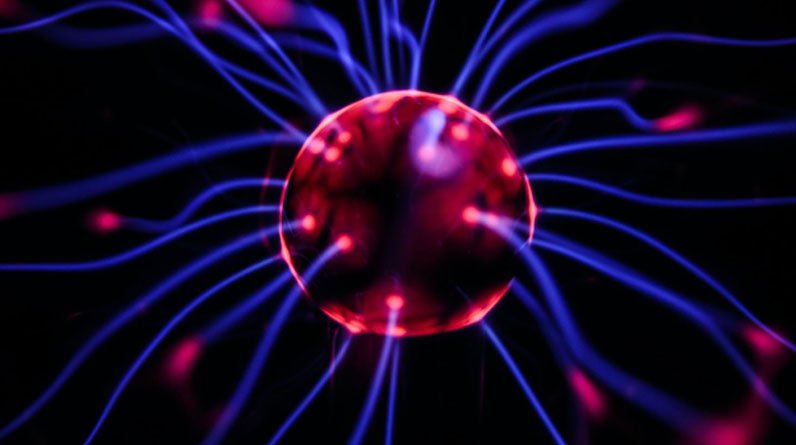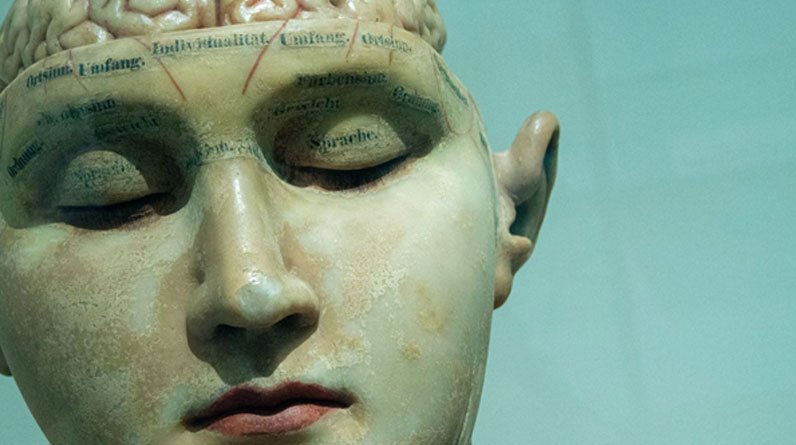
The Dreaded Headache
Most people have had experience with headaches at some point in time. If you suffer from them frequently, you know just how much they affect your quality of life. Headaches can start anywhere and at any time, and they can affect part of your head or your entire head. Paying close attention to these specific details can help you get the proper treatment.
People can be prone to headaches because of stress, depression, or anxiety. Yet, there are also medical reasons such as migraines or high blood pressure that cause headaches. Even the weather can give you a headache!
The severity of the pain you experience can also help your doctor diagnose the reason for a headache. Headaches fall into two categories: primary and secondary.
A primary headache occurs at the level of the head. They’re usually caused by problems in the structure of the head and the neck. They aren’t related to other processes elsewhere in the body.
Overactivity of specific muscles, nerves, blood vessels, or certain brain chemicals can also trigger this type of headache.
Cluster and tension headaches are good examples of primary headaches.
Secondary headaches are caused by other processes in the body outside the head, often a result of underlying medical conditions.
Pregnancy, infection, stroke, hypothyroidism, and brain tumors are only some of the conditions that can cause secondary headaches.
It’s important to get the advice of a physician about your headache if:
- It is persistent
- It is severe
- It occurs frequently
- It doesn’t go away after taking medication
- It is accompanied by confusion, fever, stiffness in the neck, or sensory changes.
Now let’s discuss the various kinds of headaches.
Types of Headaches
Here are some qualities of the different types of headaches.
Tension-Type Headache
This is a primary headache that usually starts in the middle of the day. You can recognize them by:
- A feeling of a tight band around your head.
- A dull, yet constant ache on both sides of your head.
- Pain radiating up from your neck.
Tension-type headaches are further divided into episodic attacks that can last for shorter periods and chronic tension headaches, which happen 15 or more days a month and last for at least three months.
Migraine
Migraines often occur as a pulsating, throbbing pain, usually on one side of the head.
Other symptoms that accompany an episode include:
- Sensory disturbance
- Sensitivity to sound and light
- Light-headedness
- Nausea
- Vomiting
Migraines are very common. An episode can last for days, but sometimes the symptoms only continue for a few hours. Some people have migraines once a year, while others experience them weekly.
Medication-overuse Headache
Also known as a rebound headache, these occur when a person takes pain medication too often. It often occurs after the overuse of opiate-based medications.
The symptoms aren’t always the same, and the severity may change from day to day. People who suffer migraines frequently are at risk of developing medication-overuse headaches. Unfortunately, this can lead to a perpetual headache that can become more and more severe.
Cluster Headache
These headaches can affect a person one to eight times per day. One attack may last 15 minutes or even as many as three hours or more. People who have cluster headaches experience them frequently over periods from four to twelve months. They can subsequently have long periods with no headaches.
The symptoms often include:
• Severe pain
• Pain around one eye only
• Drooping eyelid
• Runny nose
• Tearing in the eyes
• Sweating
• Reduced pupil size in one eye
Thunderclap Headache
Sudden and severe, these headaches are often described as “the worst headache I have ever had.” Thunderclap headaches reach maximum intensity in under a minute, but residual pain will continue for longer than five minutes.
Thunderclap headaches are secondary headaches that should not be ignored as they can indicate a life-threatening process, including:
- Aneurysm
- Meningitis
- Pituitary apoplexy
- Blood clot in the brain
- Bleeding in the brain
- Best Treatment for Headaches
Your doctor will often prescribe medications and rest to help treat your headache. However, keep in mind that taking too much pain medication can lead to rebound headaches, and when this occurs, only stopping pain medication altogether for a period of time will help. Follow your doctor’s guidance for medication treatment for your headaches.
Final Thoughts
Headaches are very common. You may experience more than one kind of headache in your life. Knowing the characteristics of headaches that you experience is the first step to getting the right treatment.
If you experience severe headaches frequently, seek medical care to rule out any underlying conditions. Remember that a sudden severe headache can be a sign of a life-threatening disorder.





